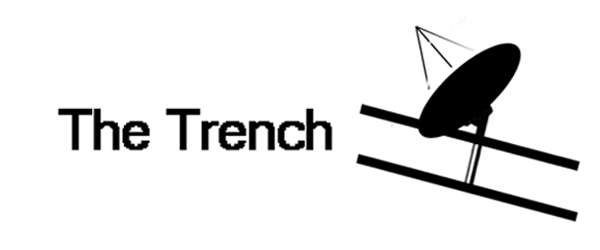After months of navigating the world's international blocs, the United Nations Security Council (UNSC) recently approved the submission of a politco-military proposal for northern Mali within 45 days. Whether NATO, the African Union and Economic Community of West African States (ECOWAS) can launch their intervention before April 2013's election remains uncertain; multiple delays have obstructed an effective response to Mali's coup and burgeoning asymmetric war. Both Western and African powers talk tougher than they seem prepared to act - not that caution or multilateralism is unwise - and initial estimates of 3,000 troops underestimate the task at hand. Mali's interim government has even sent mixed signals about the presence of any foreign troops.
Five days from now, representatives from the UN, ECOWAS, AU, EU and other "neighboring countries" (presumably Algeria and Mauritania) are scheduled to debate a hard mission plan in Mali's capital.
The Islamic network that swept over northern Mali earlier this year takes these threats completely seriously, for an intervention is certain to arrive at some point in the future. Having pledged to defeat any intruder and entrenched themselves within the population, militant spokesmen also promise to send their forces into Mali's south. Nor did they waste any time responding to Friday's at the UNSC and French President Francois Hollande in particular.
"If he continues to throw oil on the fire, we will send him the pictures of dead French hostages in the coming days," Oumar Ould Hamaha, a spokesman for MUJAO, told Reuters on Saturday. "He will not be able to count the bodies of French expatriates across West Africa and elsewhere."
However observers and locals alike have trouble determining who exactly is controlling northern Mali. Two theories may help explain the general situation between Al-Qaeda in the Islamic Maghreb (AQIM), Ansar Dine and the Movement for Unity and Jihad in West Africa (MUJAO), a hydra-like network of African, Arab and Asian militants. Each supposedly has their own agenda. Ansar Dine is commanded by Iyad Ag Ghaly, a Tuareg who fought in earlier rebellions but has broken off under the banner of strict Sharia law. His forces, along with MUJAO, would expel the National Movement for the Liberation of Azawad (MNLA) from northern Mali's urban areas after the Tuaregs' own campaign. Ag Ghaly now allies himself with AQIM, whose Arab fighters are periodically reported by locals in northern Mali's towns.
MUJAO, on the other hand, is suspected of growing out of AQIM. Looking to expand beyond the Maghreb and into lucrative West Africa, the group touts itself as pan-African and allegedly recruits from local sources. Northern Mali's vast deserts and mountain ranges provide an ideal base to increase the size and training of a guerrilla force.
A second theory places AQIM as the head of these two other groups, rather than as a partner. By absorbing Mali into their area of operations, the group could now control an enormous amount of territory to train in and plot from. What difference this makes on the ground is unclear though; they could experience a leadership dispute similar to al-Shabaab nationalists and al-Qaeda's branch in Somalia. Or they could fight more effectively as a diversified network. With AQIM's random bankroll, MUJAO's regional following and Ansar Dine's local intelligence, the three groups make for a deadly combination on paper. Defeating them on the battlefield won't dismantle all three groups or stop their activities. Thus local resistance, cooperation with the MNLA, political sensitivity and organization within Mali's government form the keys of victory. Resolution 2012 conditions a military response on progress in these areas, but they are no more stable than northern Mali.
Detailed analysis of NATO and ECOWAS's plans will be posted shortly.

No comments:
Post a Comment